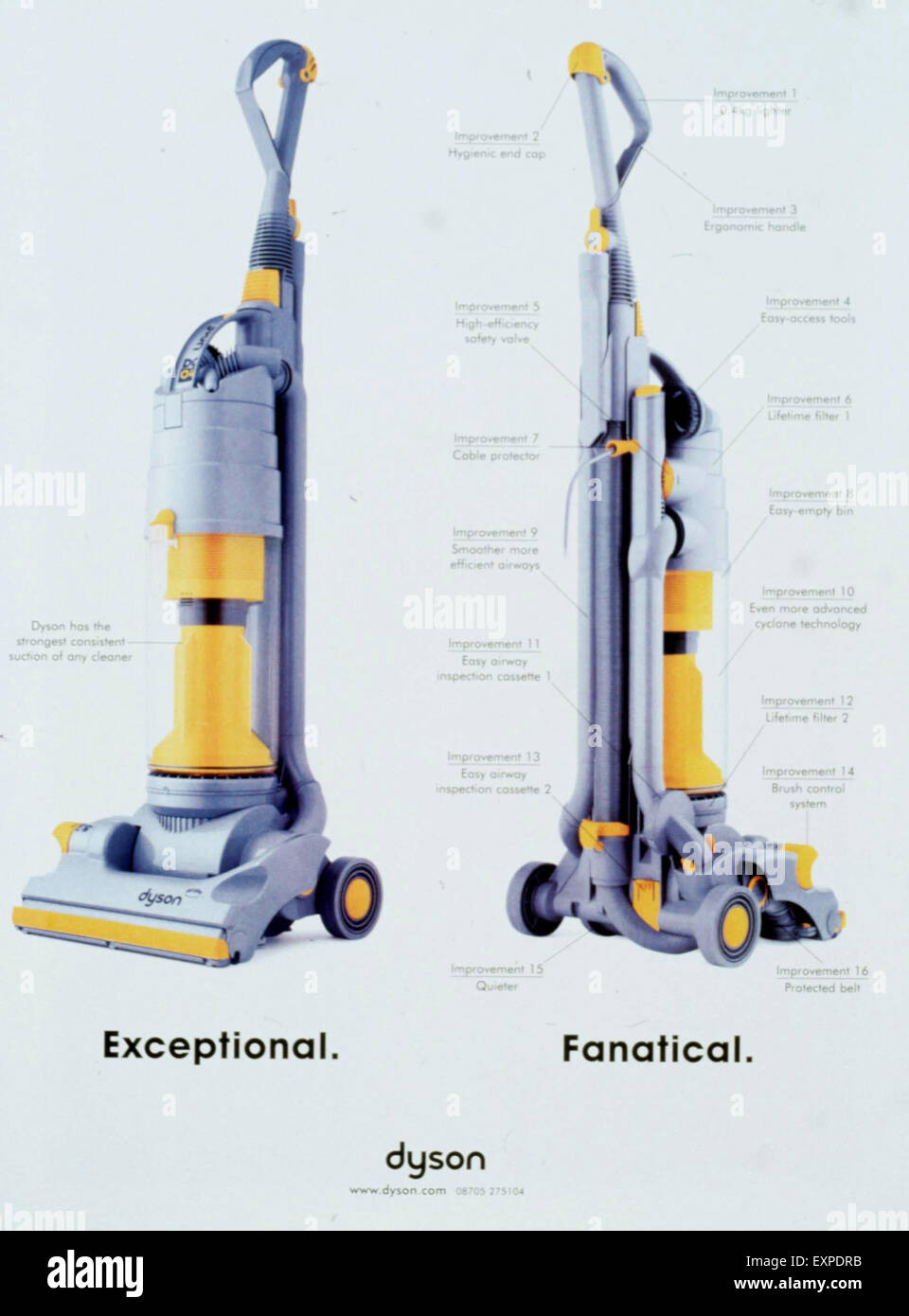How to make or break your brand extension with advertising
Why the McPizza flopped and the Dyson AirWrap rocked
Would you buy this?
I wouldn’t, partially because it’s not real. But I would take the piss out of it for being a great example of brand extension gone wrong.
Colgate is a brand known for its dental healthcare products – things you definitely shouldn’t swallow. So seeing its logo on a frozen lasagne is jarring. In the same vein, you probably wouldn’t buy Texaco shower gel or Durex baby clothes.
But some of the most successful products in the world were brand extensions. The iPod. Chanel No. 5. The Michelin restaurant guide. What makes those ones a hit and Colgate lasagne a wrong’un – and what role does advertising play in making it work?
1. Common sense
Let’s get this one out of the way first. Apple made state of the art, high-status computers, so its pivot to state of the art, high-status MP3 players didn’t feel out of place – they’re both tech products.
Alongside this, the first iPod advert shows the new product working in harmony with an existing one, establishing it as an accessory and giving it context. Maybe if Colgate had done an ad showing how béchamel sauce is the perfect chaser for their Triple Action Original Mint toothpaste, their lasagne could’ve taken off.
However, while making sure your new products are somewhat related to your original offering is an obvious place to start, the similarity factor isn’t a guarantee of success – just look at the McPizza:

There’s a massive elephant in the room in the advert above: the McPizza is a strange offering from a burger chain. Why are they doing pizza now, and what makes it better than Domino’s or Pizza Hut?
When introducing a brand extension like this, you need to acknowledge that it’s a bit of a departure and show why it works, or the entire venture takes on a slightly uncanny quality.
Instead, they could’ve easily gone with something like ‘We mastered the burger. Now it’s pizza’s turn.’ Or something about it being the perfect fusion of American and Italian cooking – America’s favourite burger meets Italy’s favourite dish. Or anything about how there’s now more choice at McDonald’s, making it the perfect place to go when your group are squabbling over what to have for dinner.
Instead, they just explained what pizza is and didn’t even bother including any of the classic McDonald’s branding. Mamma Mia…
2. Continuation of the qualities you’re best known for
Dyson was famous for its bagless and cordless vacuum cleaners because of the science behind them. By focusing on its proprietary technological advancements in its ads, it built a reputation for engineering expertise. The result? You were smart by extension if you owned a research-backed Dyson vacuum over one of those crap luddite ones with a bag.
Nobody expected the household appliance brand to pivot to hair styling tools in 2016, but a continuation of plugging its innovative, scientific approach made it a success – alongside a cleverly-timed launch when clinical prestige is the ‘big thing’ in beauty.
Consumers might not want to pay £479.99 for a product they already have, like a curling wand. But it turns out they can be talked round if you tell them that it's the only multi-styler that uses a 13 blade impeller spinning at up to 110,000rpm to create the Coanda effect to prevent extreme heat damage with up to 58% less frizz. Apparently.
3. A product that someone actually wants
Remember Coca Cola Life? Don’t worry, nobody else does either.
Coca-Cola Life was an ill-fated 'mid-calorie' addition to Coke's lineup, using less sugar than the original drink but with a bit of stevia, too. It was supposed to be halfway between normal Coke and Diet Coke, but nobody wanted it.
And why would they? People tend to be quite firmly on one side or the other; either they love sugary Coke and abhor the chemical aftertaste of artificial sweetener, or they’re a Diet Coke devotee who wouldn’t be caught dead wasting their caloric allowance on a tin of drink.
They want maximum taste OR minimum impact on their waistline, not a drink that tastes meh AND makes them fat.
Coca-Cola Life compromised on both points and subsequently flopped, managing to stick it out for six years of sad sales before it got canned.
And is it any wonder when the ads for it were as bland as this?
Believe it or not, that’s a part of a campaign that cost multiple millions of pounds. Multiple. Millions. For THAT. (If anyone wants to give me multiple millions of pounds to put your tagline over a picture of your product, please do get in touch.)
There’s not a fat lot you can do if the public simply don’t want your product. But they could’ve tried harder to sell the premise, using different characters to make it aspirational.
For example, showing a beautiful pilates-sculpted woman in her late twenties (as per target market) wearing both a green halo and green devil horns, or someone doing yoga in the middle of a mosh pit, with a tagline like ‘Naughty AND nice’.
Even something as simple as just ‘Be good to yourself’ would get the message of having a treat while treating your body to less sugar across better.
Between the crummy product and the limp ad campaign, it’s no real surprise that Coca-Cola Life met its Coca-Cola Death not long after launch.
Oh, if only they’d consulted Duckman first…
Tl;dr: Your brand extension needs to:
make sense,
be desirable,
and carry the key qualities that made your original lineup a hit.
Then the ads for it need to make clear why it exists by acknowledging your brand’s new direction and justifying your place in a new market.
And, above all else, not be dull as fuck.








